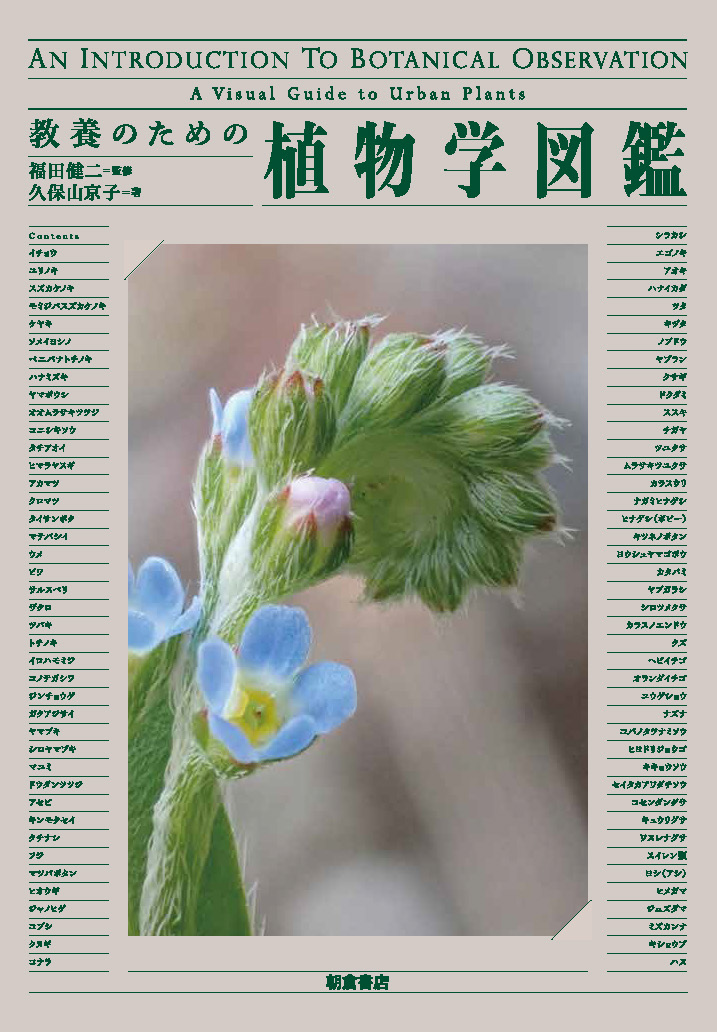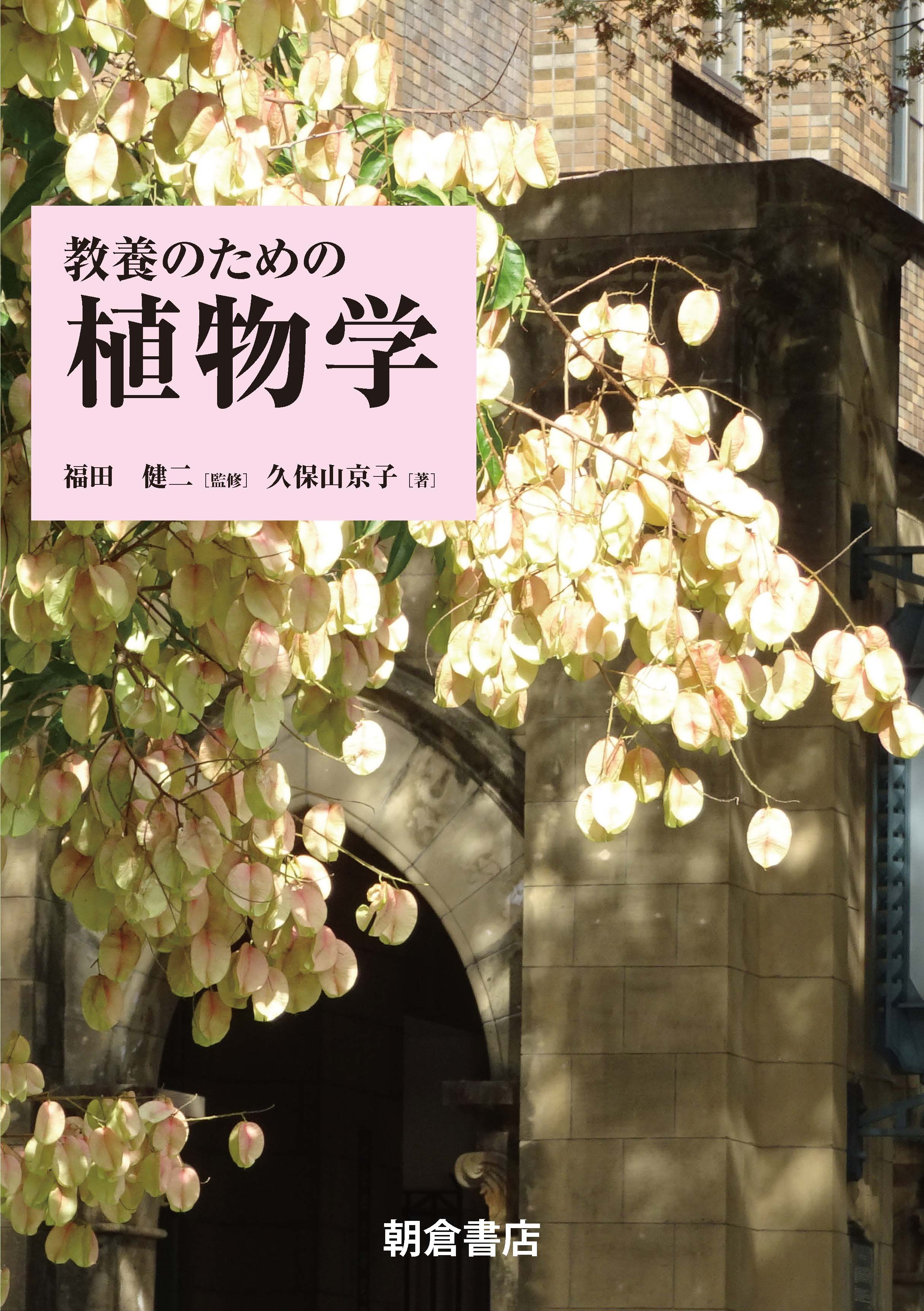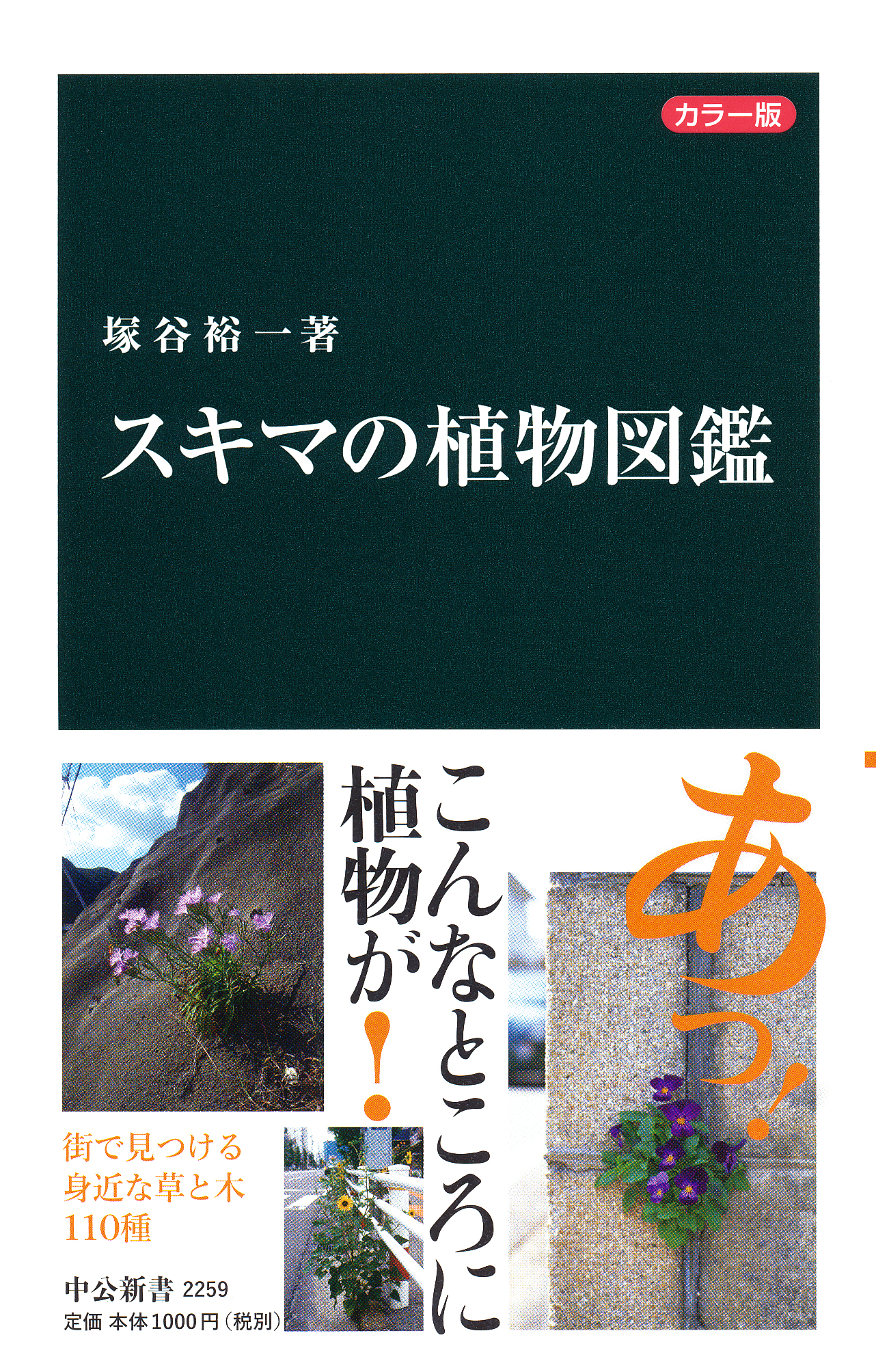
Title
Kyouyou no tame no Shokubutsu-gaku Zukan (An Introduction to Botanical Observation - A Visual Guide to Urban Plants)
Size
212 pages, B5 format
Language
Japanese
Released
August 01, 2024
ISBN
978-4-254-17191-4
Published by
Asakura Shoten
Book Info
See Book Availability at Library
Japanese Page
This book is the sister volume to “Kyouyou no tame no Shokubutsu-gaku (Botany for the Liberal Arts),” which has been introduced in this website. The previous book has been well received, and we are pleased to publish this guidebook. The slightly unusual name of this book in Japanese, “Shokubutsu-gaku Zukan,” has two meanings: it is the sister volume to the previous book, and it is a new type of “Zukan (visual encyclopedia)” that will serve as an introduction to “Shokubutsu-gaku (botany).”
The average “Shokubutsu Zukan (visual encyclopedia of plants)” is used for the identification of plants, and it generally contains simple explanations of the ecology and morphology of hundreds of plant species, with the criteria to distinguish them from related species. People who have never studied botany find it rather difficult to utilize such an encyclopedia. The special terminology used to describe plant morphology and ecology, the names of plant organs, and the adjectives to describe them are quite difficult for beginners. Moreover, most books list plants in taxonomic order, so finding the target plant is not easy, and each candidate species must be checked sequentially in the index.
This book is aimed to be a visual introduction to botanical observation. The first half of the book contains a detailed explanation of basic botany, with the terminology of plant classification, morphology, and ecology. Each morphological term is described with photos. The book explains content we could not introduce in the previous book because of lack of space: the differences between trees and herbs; variously metamorphosed leaves, stems, and roots, such as spines, vines, and tubers; the characterization of tree branching; the shapes of winter buds; diverse floral organs and fruits; seed morphology and their dispersal strategies; and so on. In addition, representative families that include many familiar plants are introduced with photos of flowers and fruits. Once you learn the botanical terms and can visualize plant families, you will be able to use a general encyclopedia of plants.
The second part of the book introduces 85 species of plants commonly found in urban areas. They are divided into the following categories according to their usual habitat: roadside plants, park and garden plants, forest plants, plants that grow in vacant land and wasteland, and pond and riverside plants, in the order of tall trees, shrubs and vines, and grasses. The origin of the name (Latin, English, and Japanese names), basic explanations, flowering and fruiting process, utilization and cultural relationships, etc., of each species are explained with many photos. Although the Japanese title of this book is a “Zukan (visual encyclopedia),” the book covers only 85 species. However, since all the species listed are commonly found in our daily lives, you will be able to observe and compare them using this book.
In recent years, the role of forests and plants in climate change mitigation through carbon fixation and the importance of biodiversity as the basis of “ecosystem services,” which are vital for human life, have been in focus. Learning more about plants and their interactions with the insects and birds around us is essential for building a sustainable society. We hope you will pick up this book and learn botany by viewing the beautiful photographs in it.
(Written by FUKUDA Kenji, Professor, Graduate School of Agricultural and Life Sciences / 2025)



 Find a book
Find a book




